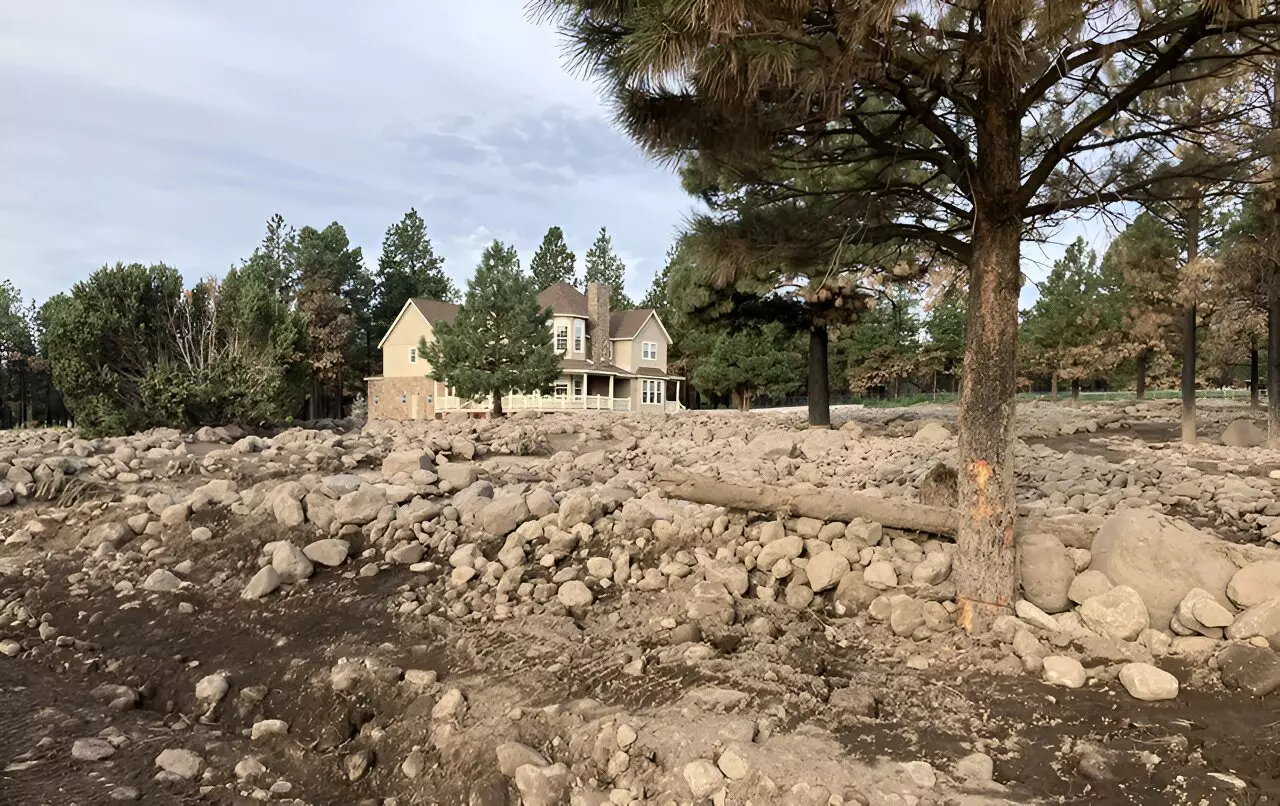Recent research conducted by scientists at Los Alamos National Laboratory has made significant strides in enhancing the accuracy and speed of landslide prediction models. These advancements are crucial for safeguarding communities that are vulnerable to the devastating effects of landslides.
The Aftermath of Wildfires
Despite common misconceptions that the danger of wildfires ends once they are contained, the aftermath often brings about a new set of challenges. Postfire debris flows (PFDF) pose a serious threat during or after wildfires, often catching communities off guard. The destruction caused by wildfires, combined with the destabilization of the ground, creates ideal conditions for landslides to occur with little to no warning.
Landslides are highly unpredictable events that can occur suddenly, resulting in significant loss of life and damage to infrastructure. The impact of landslides is felt on both a national and global scale, highlighting the urgent need for improved prediction and safety measures.
Research Findings and Solutions
The study conducted by the team from Los Alamos National Laboratory involved creating a probabilistic PFDF inundation assessment based on data collected after the 2022 Pipeline Fire in northern Arizona. By analyzing 10,000 optimized parameter instances, researchers were able to better identify the indicators of a potential PFDF. This information is crucial in enabling scientists and stakeholders to take preemptive action to protect at-risk communities and ecosystems.
Implementing measures such as increasing ground cover plants, creating water channels, and constructing retaining walls can significantly reduce the risk of landslides post wildfire. By leveraging predictive models to anticipate the likelihood of landslides before wildfires occur, communities can mitigate the impact of these natural disasters and enhance overall safety.
The groundbreaking research conducted at Los Alamos National Laboratory offers valuable insights into improving landslide prediction capabilities and enhancing safety measures for communities at risk. By proactively addressing the risks associated with postfire debris flows, stakeholders can better protect lives, property, and the environment from the devastating effects of landslides.


Leave a Reply